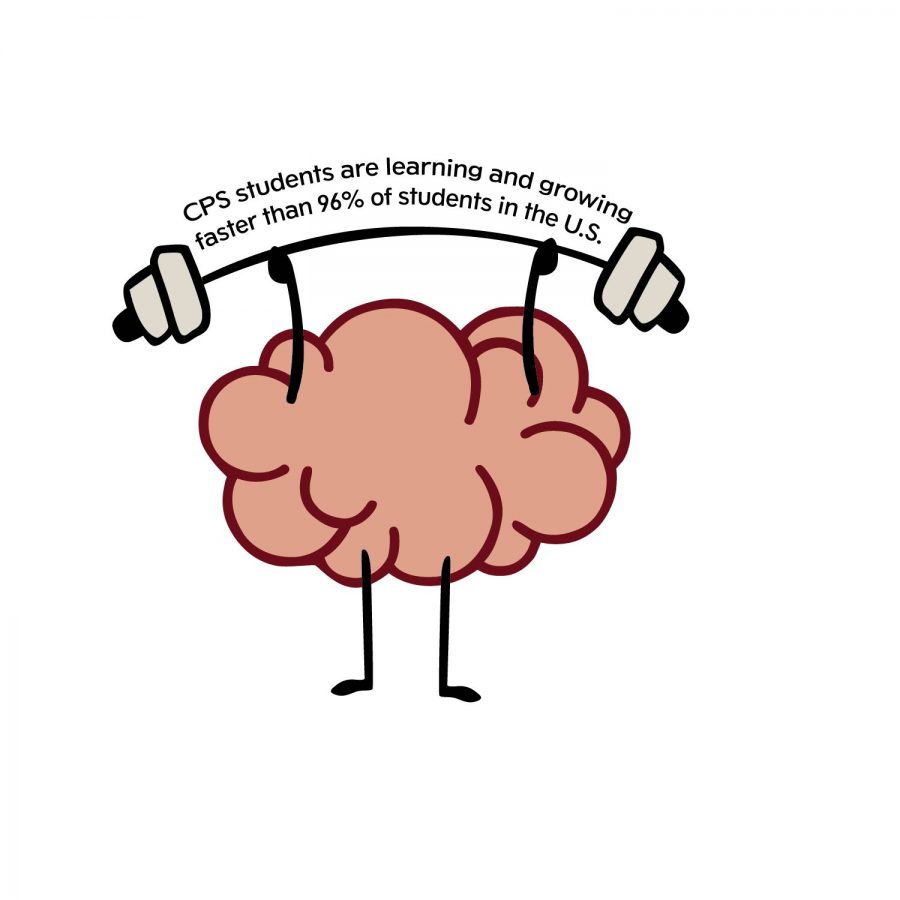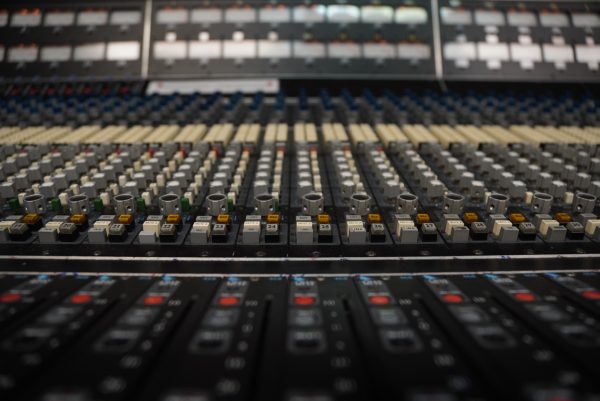New report sheds light on CPS students’ education
New report sheds light on CPS students’ education
November 27, 2017
Chicago Public Schools students are learning at a faster rate than 96 percent of their counterparts, but problems persist in meeting national educational standards, according to local experts.
A Center for Education Policy Analysis at Stanford University report, published Nov. 1, showed CPS students’ standardized test scores, from grades three through eight, improved more than the average students’ test scores nationwide from 2009–2014. The test scores also improved regardless of the students’ ethnicity.
The drastic improvement in CPS students’ test scores, coming from both public and charter schools, was district-wide, Rebecca Hinze-Pifer, postdoctoral research fellow at Stanford University and one of the researchers for the report, told the Chronicle.
“CPS gets a bum rap, [but] I’m constantly amazed by our students,” said Christopher Gamble, principal at Hannah G. Solomon Elementary, a neighborhood school in Peterson Park.
The school recently won national recognition with a Blue Ribbon award from the U.S. Department of Education for its performance, as reported Oct. 9 by The Chronicle.
The Stanford report also showed CPS’ improved test scores were not the result of test-aligned instruction but were linked to the curriculum being taught.
Despite all CPS students learning at faster rates than most students nationwide, the report also indicates that students between third and eighth grade are still below the national average for math and English language arts scores by anywhere from a full-to half-grade equivalent.
“Looking at the findings, [we] have convinced ourselves there is something positive occurring,” Hinze-Pifer said. “[However], it’s important to note that their absolute level [of education] remains below average nationally.”
CPS is no stranger to funding battles, which have led to numerous teacher strikes and school closings, including 50 CPS schools that closed in 2013. Teacher strikes have been shown to have a negative effect on a student’s growth, especially on math scores, according to a 2011 Bureau of Economic Research report.
“Each year, [budget cuts] take a little chunk out of us,” Gamble said. “Our staff has been kept intact, but the money for technology and new textbooks is being chipped away.”
If a long-term solution is not found, future budget cuts could put Solomon Elementary’s staff at risk, according to Gamble.
With reduced funding for technology, schools may miss out on potential accelerated learning opportunities in the classroom, according to a U.S. Department of Education report on technology’s role in education.
“I don’t know if you’re going to see more growth,” said James Pellegrino, co-director of Learning Sciences Research Institute at the University of Illinois at Chicago. “If you want more improvement [from CPS], you’d be asking an incredible amount from those students.”
Earlier this year, a statewide education funding bill was passed in an attempt to bring financial stability to every Illinois school district, as reported Sept. 5 by The Chronicle. Without an adequate budget, CPS schools may not be able to give students the proper resources for their future, according to Gamble.
“The challenge will always be: Do we have the resources necessary [to continue to improve]?” Gamble said.
Despite CPS students failing to perform at the national average, they are out-performing other large urban districts, according to the report.
“We still have work to do to get them to the levels of academic achievement needed for college and career,” Pellegrino said. “We should celebrate and get back to work.”








